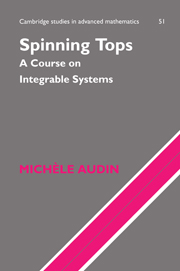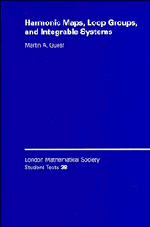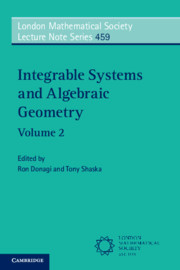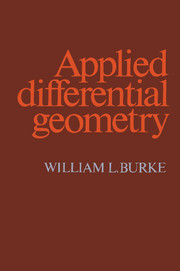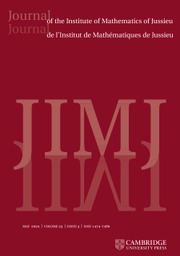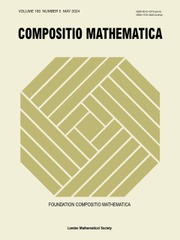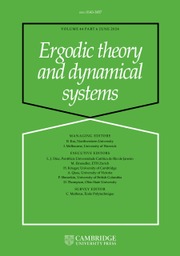Spinning Tops
Since the time of Lagrange and Euler, it has been well known that an understanding of algebraic curves can illuminate the picture of rigid bodies provided by classical mechanics. A modern view of the role played by algebraic geometry has been established iby many mathematicians. This book presents some of these techniques, which fall within the orbit of finite dimensional integrable systems. The main body of the text presents a rich assortment of methods and ideas from algebraic geometry prompted by classical mechanics, whilst in appendices the general, abstract theory is described. The methods are given a topological application to the study of Liouville tori and their bifurcations. The book is based on courses for graduate students given by the author at Strasbourg University but the wealth of original ideas will make it also appeal to researchers.
- Was the first book making the subject accessible to graduate students
- Suited for both pure and applied audiences as lots of examples
- Well-known author (has written related books before)
Reviews & endorsements
'This book has several remarkable features … This small book has very rich contents which can be commended to any mathematician or physicist interested in the subject.' European Mathematical Society
Product details
January 2000Paperback
9780521779197
148 pages
228 × 153 × 8 mm
0.215kg
35 b/w illus.
Available
Table of Contents
- Introduction
- 1. The rigid body with a fixed point
- 2. The symmetric spinning top
- 3. The Kowalevski top
- 4. The free rigid body
- 5. Non-compact levels: a Toda lattice
- Appendix 1. A Poisson structure on the dual of a Lie algebra
- Appendix 2. R-matrices and the 'AKS theorem'
- Appendix 3. The eigenvector mapping and linearising flows
- Appendix 4. Complex curves, real curves and their Jacobians
- Appendix 5. Prym varieties
- Bibliography
- Index.

